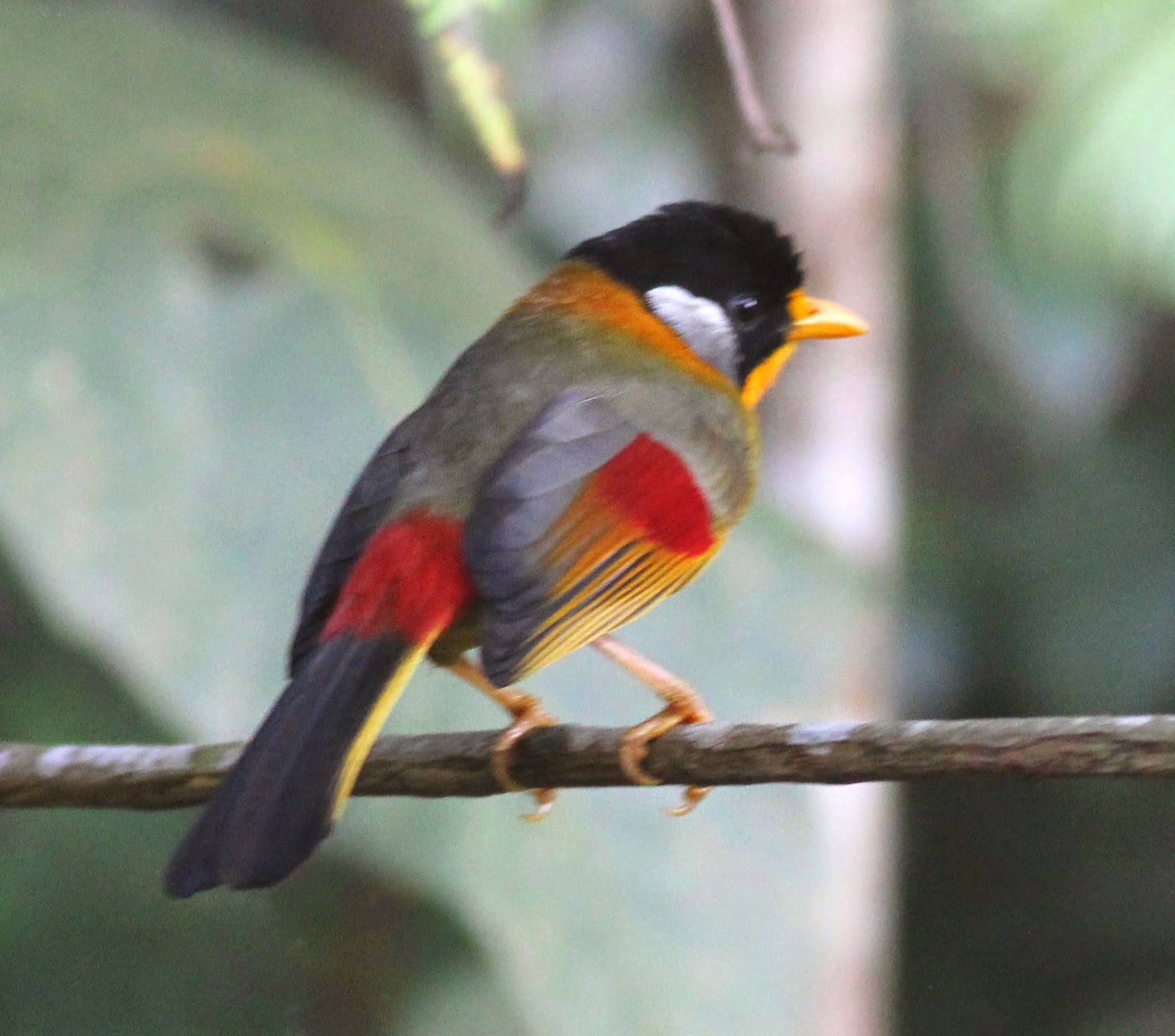Fraser's Hill is one of the famous tourist destinations in Malaysia. It is famous because it hosts the renowned Annual International Bird Race and its a very Important Bird Area (IBA). Situated in the state of Pahang, West Peninsular Malaysia, it has an altitude of about 1500m above sea level and close to about 270 species of local and migratory birds. Its like a huge bird park up there. If travelling from KL from the old trunk road, the journey would take you about two hours, passing through several small towns namely Rawang, Serendah, Ulu Yam, Rasa, Batang Kali and Kuala Kubu Bharu. As you reached Kuala Kubu Bharu town, you will turn right and use the Kuala Lipis old road whizzing through some scenic mountain roads before reaching the foot of Fraser's Hill. The roads in Fraser's Hill are narrow and winding so precautions are needed when driving as there could be on-coming cars and land slides. Although the roads going up and coming down from Fraser's Hill are one way streets the recommended driving speed up there should be about 30 - 40km. Here are some of its pictures and birds seen:
One of the best place to watch birds up-close is to head to Jelai Highlands Resort. One can see lots of Silver-Eared Mesia, Long-Tailed Sibia and Chestnut-Capped Laughingthrush eating pieces of bread placed by the resort's staff.
This is a Long-Tailed Sibia
This is a colorful male Silver-Eared Mesia. It can be found almost at every corner of Fraser's Hill.
This male Oriental Magpie Robin looks really well fed as compared to its friends in KL.
The first trail i entered was Hemmant's Trail. Today this trail was really quiet. Saw only a pair of White-Throated Fantail and one Asian Brown Flycatcher.
An Asian Brown Flycatcher. The color of its primary coverts are more intense.
Today (Oct 2011) this is the happening trail. It is located just about 100m away from Hemmant's trail. Saw my first Malayan Hill Partridge (3 of them) running around. Not a single shot turn up clear even with flash.
A Streaked Spiderhunter. Saw quite a lot of them in this trail.
This is another common bird in Fraser's Hill - a Long-Tailed Sibia.
A lovely Black & Crimson Oriole.
The next stop after a quick lunch is Jeriau Waterfall. The waterfall is about 8km from the town and it yielded more birds along the road side. Here are some of them:
This is an illusive Black Laughingthrush.
This is a female Grey-Chinned Minivet.
...and this is a male Grey-Chinned Minivet.
A beautiful Mountain Bulbul.
This is a female Asian Paradise Flycatcher.
This was a Lesser Yellownape - Male
After having visited Jeriau Waterfall, i headed to my final destination, the Telekom Loop. Since it was just a 30 minutes pit-stop, there were only a few birds seen which among others was a Black-Browed Barbet appearing along the road side together with a female Black-Throated Sunbird. Then finally i had a lone "Rufous-Browed Flycatcher seen foraging as well.























































